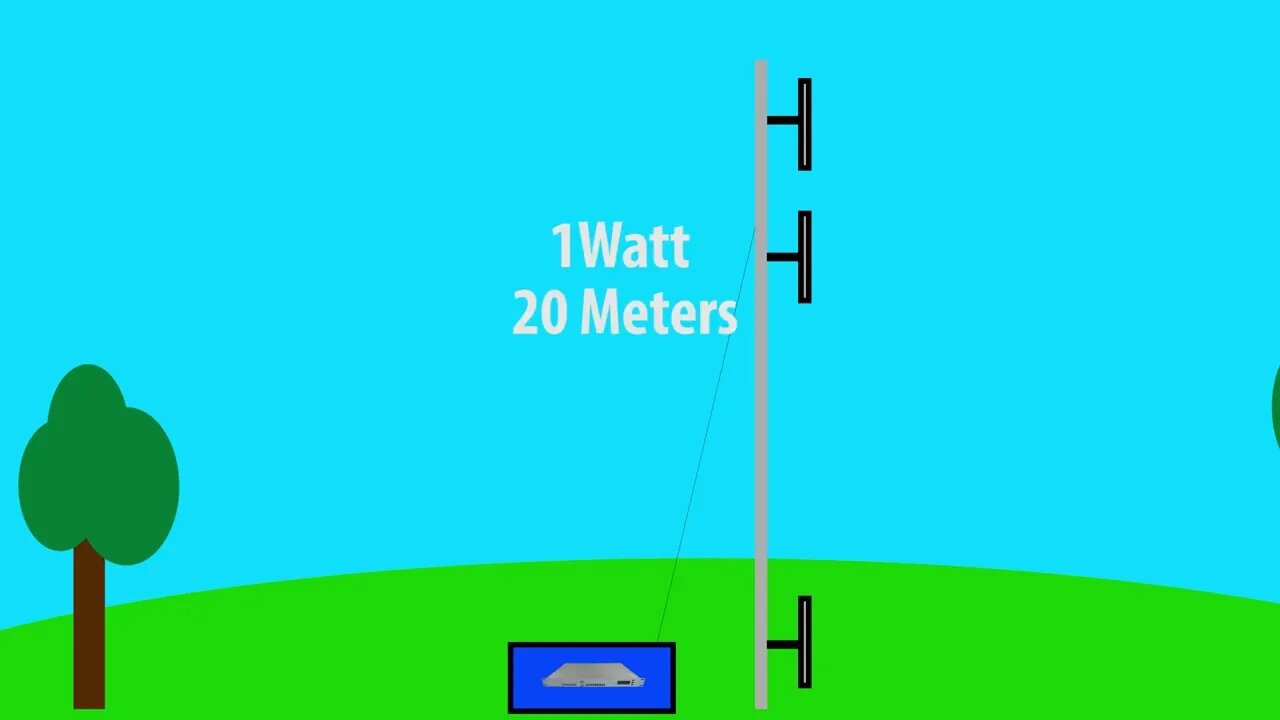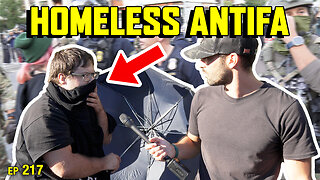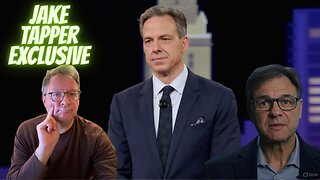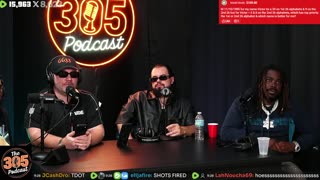Premium Only Content

FM Radio Station TRANSMITTER Set Up. How To Get It Right For Best Signal Quality.
FM radio stations need a transmitter, antenna, cable and radio mast. Having this set up correctly can make the difference between a good radio signal and a bad one. This affects the signal range, signal strength and audio quality. Having the right transmitter set up can also affect your radio license. So it is very important that you get this right. In a licensed environment, it is either right or it should be switched off. In the listener environment, the quality can affect whether the listener stays tuned or listens at all.
In this video, I discuss what affects how far your radio signal will go as well as how to make sure the signal is the best in radio and audio quality. There are certain things that affect your radio signal more than anything else and what makes your signal legal and what makes it in violation of your license agreement.
Most small and new radio stations have a very limited amount of signal power. If not used correctly, the signal can be wasted and not reach the intended listener. Many radio station listeners are moving around in their cars or on public transport. This means that the signal strength will fluctuate and may become unlistenable. To overcome this you need to be sure that the RF signal is used to its absolute best. There is no perfect solution but there are techniques that help to squeeze out the most signal strength and range as well as produce a better sound.
Once you have your radio station studio set up you will need to run your audio to the transmitter. That means either sending it via a radio link or connecting it directly to the transmitter.
Understanding the basic principals of radio signal distribution can change how successful your radio station signal can be.
-
 43:16
43:16
Coin Stories with Natalie Brunell
16 hours agoBitcoin Will Power the Internet of Money and Tokenize Real World Assets with David Marcus
1.32K4 -
 30:18
30:18
James Klüg
1 day agoTalking To ANTIFA At Portland ICE Facility
8.86K18 -
 6:14
6:14
Dr Disrespect
19 hours agoDr Disrespect Goes for 100 KILLS in Battlefield 6
70.7K8 -
 1:41:55
1:41:55
MattMorseTV
19 hours ago $17.72 earned🔴Trump meets with GOP Senators over SHUTDOWN. 🔴
15.4K55 -
 24:23
24:23
Nikko Ortiz
1 day agoArmy Officers Might Need Help...
13.3K9 -
 56:38
56:38
DeProgramShow
4 days agoDeprogram with Ted Rall and John Kiriakou: "Jake Tapper on the Global Hunt for an Al Qaeda Killer”
56.9K7 -
 8:00:11
8:00:11
GritsGG
16 hours agoBattlefield 6? Here... We... Go...
16.1K -
 1:04:10
1:04:10
The Connect: With Johnny Mitchell
3 days ago $11.29 earnedTucker Carlson's INSANE Take On Civil War In America, Calls For Fascism
39K94 -
 LIVE
LIVE
Lofi Girl
3 years agolofi hip hop radio 📚 - beats to relax/study to
240 watching -
 2:04:24
2:04:24
FreshandFit
14 hours agoGianni Blu Meets 305
227K11